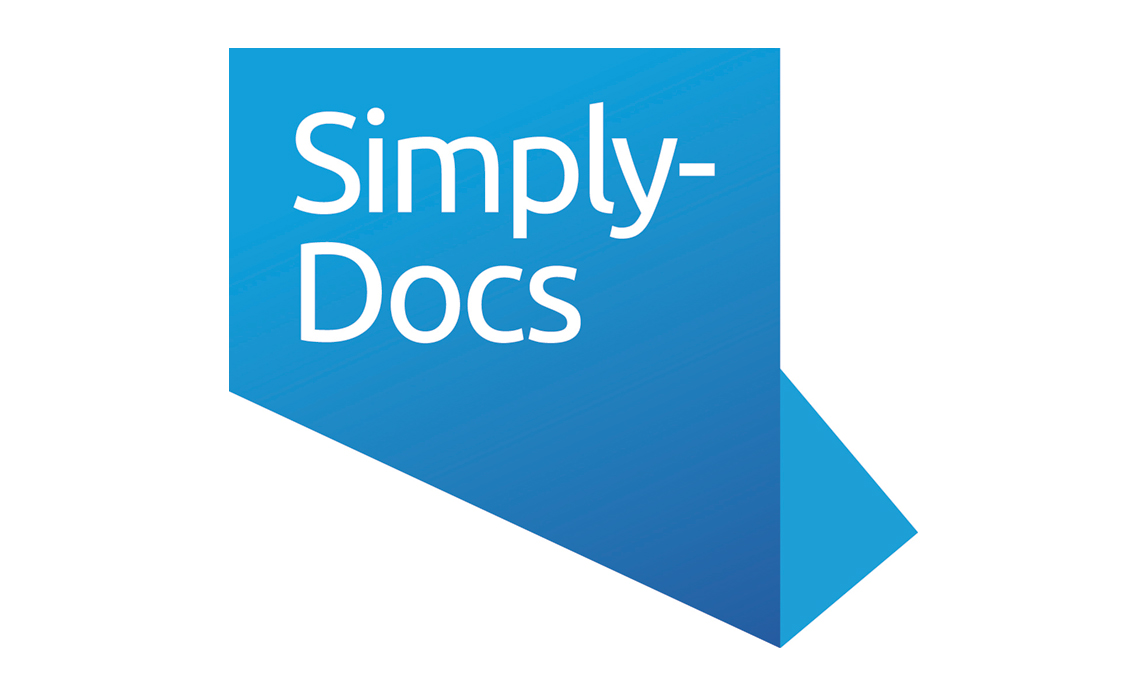
A service level agreement (SLA) forms part of the contract between your business and its IT supplier
The SLA sets out what levels of service are acceptable and - crucially - explains what compensation you will receive if the IT supplier fails to meet these levels.
Sample service level agreement
SLAs come in many shapes and sizes. Most IT suppliers will have a standard document that they can customise to meet your needs. We've created an example service level agreement to help you understand what an SLA should contain.
The free download our sample SLA gives you unlimited use of the SLA in your business and you can change it to suit your needs.
Download your example service level agreement now >>
Why you need a service level agreement
Your SLA plays an important role in defining the relationship between you and your IT supplier. It guarantees you a certain level of service, giving you confidence that if something goes wrong, the supplier will respond quickly.
Without a comprehensive SLA in place, you are unlikely to have much comeback if your IT supplier fails to respond to your requests.
 Data protection documents
Data protection documents
Save £5 and pay £30 for a year's access to 740 business document templates. Use code SLD7948.S
What does a service level agreement cover?
Typically, a service level agreement covers:
- Uptime. This applies to important equipment, software or services that your business needs. Typically, uptime guarantees apply to servers, cloud services (like business apps, email or web hosting) or other parts of your IT system that are vital to your business.
For example, your IT supplier might guarantee 99.9% uptime for your cloud backup system.
- Response times. These measure how long it takes your IT supplier to respond when you raise a request for support. Usually, support requests have to be raised in a specific way (often through an online chat platform), so make sure you have a good IT support process in place.
For example, your IT supplier might promise to respond to critical problems within 15 minutes.
Usually, having everything covered by your SLA is not cost-effective. This is why it's important to make sure your service level agreement covers the most important parts of your IT system.
SLA penalties
Your SLA should detail what compensation you will receive if the IT supplier fails to meet its promises.
Our example service level agreement shows typical penalty clauses and amounts. But keep in mind that different IT suppliers will offer different levels of compensation with different payment thresholds.
Usually, compensation takes the form of an account credit, reducing the cost of your IT support for the following month. For example, you might receive a 5% credit for every hour the supplier fails to meet a target.
A good service level agreement should also provide a get-out clause, so you can terminate the contract if the supplier repeatedly fails to meet the SLA.
What to look for in your SLA
Our service level agreement template includes some common exclusions and clauses. As with any contract, the devil is in the detail. These are some things to look out for before you sign any SLA:
- Does the SLA cover resolution time, or only response time? Most suppliers will not guarantee resolution times. This is because the most severe, disruptive problems (like hardware failures) can take longest to fix.
For example, a server crash can sometimes be resolved by simply restarting the server. That might only take five minutes. But a server may also go offline because its hard disk has failed. If this happens, it can take a day or two to replace the disk, reinstall software and restore data from backups. Yet both these problems might be classed as 'severe', falling under the same resolution time. Often, it just makes more sense for the supplier to promise that they will always do their best to fix problems quickly.
- What kind of issues are excluded? Sometimes it may be impossible to fix a problem within an hour or two. Your IT supplier may have to order a part or visit your office. It's common for an SLA to exclude circumstances like these.
- Is compensation capped? Most service level agreements cap account credits at a certain level. Make sure you're happy with this. If not, consider negotiating a clause to say you can end the contract if the supplier hits the cap.
- How are things measured? For instance, many SLAs only apply during the normal working day. You may have to pay more for 24/7 cover.
- What are your obligations? You'll need to keep up your side of the bargain for the SLA to apply. Be clear on what you can and can't do. For instance, you may not be permitted to install unapproved software on company computers.
Finally, remember that while an SLA gives you some backup and confidence, it's no substitute for having a good relationship with a supplier you trust. Don't judge providers solely on the SLA they offer.


